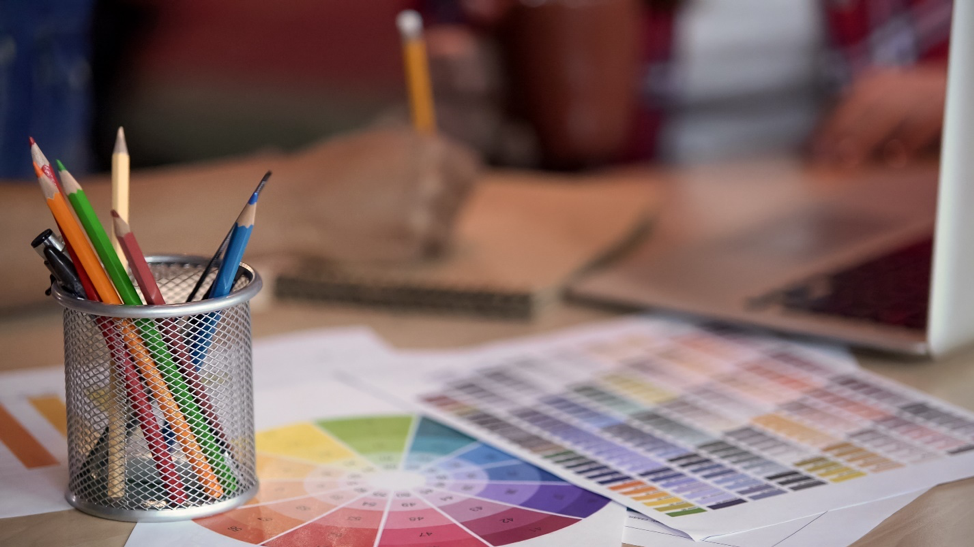At our May Signature Speaker Series event, Mary Michaud, founder of VisuaLeverage, presented an interactive discussion on creating effective visuals to convey complex ideas. All of us have probably sat through (or even created) presentations that are heavy on charts and graphs, but does the information in those charts and graphs really resonate with your audience? Can you convey the data in a better way and make an emotional connection?
Visuals as Gifts
Mary asked attendees to brainstorm words that describe gift-giving, and then consider how those descriptions could apply to the visuals that you present to your audience. Making your visuals useful, personal, relevant – this is how they become gifts. Presenting your audience with their own data, shown simply and with context, and doing the analysis for them is a gift. Instead of using a graph and forcing your audience to wade through a screen full of data, you should share one key point per slide and connect with their emotion. These efforts demonstrate that you’ve taken time to try to make a connection with your audience.
How-To
Creating effective, impactful visuals can seem daunting when faced with blank PowerPoint slides, but Mary provided a variety of tips to get started. She shared 3guidelines to keep in mind when crafting your visuals:
- Make your message into “brain candy”. Three-quarters of your brain’s neurons are involved in vision!
- When you don’t have much time, get to the point.
- Break complex concepts into 3’s. By dividing a complicated idea into parts that are easily explained, you can more effectively demonstrate how they fit into the “big picture”.
It is also important to implement planning habits before you begin your presentation. A good way to organize your thoughts is to doodle and diagram before you head to the computer, and if you can, collaborate with people who can help validate your information. These habits will help you make better graphic choices to engage your audience. For those of us who are artistically challenged, Mary shared several books, tools, and techniques to build confidence in drawing our ideas out on paper. A few of her suggestions include:
- Presenting Data Effectively by Stephanie Evergreen
- The Cartoon Guide to Statistics by Larry Gonick & Woollcott Smith
- Ed Emberley’s Drawing Books – there are a variety of these that show would-be artists how to draw just about anything
Ultimately, you want an audience to feel engaged in your presentations, and to remember the message that you’re trying to convey. Because of the incredible impact that visuals can have in achieving those outcomes, you need to devote time to planning and crafting effective, eye-catching graphics and building your visual communication skills.


